10 Fascinating facts about Fiji
Stories | March 14, 2025
Nestled in the heart of the South Pacific Ocean, the Fijian archipelago comprises 333 islands and is inhabited by more than 900,000 people. The Fiji Islands are known for their vibrant culture, stunning tropical landscapes and rich history.
However, while Fiji looks like a carefree paradise in photos, the people living there can face significant economic and social challenges. These challenges can be felt most keenly by people with disabilities, whose needs and perspectives are often overlooked.
Here are 10 fascinating facts about Fiji you might not know.
1. A Diverse Archipelago
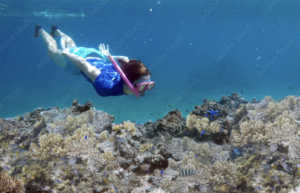
Most of Fiji’s islands are uninhabited. Nearly half of Fiji’s land area is covered by forests, and many of the smaller islands have populations of less than 50 people.
On these small, remote and/or underdeveloped islands, access to essential services is often impeded, and the lack of roads and other infrastructure can make life very difficult, especially for people with disabilities.
The two biggest islands are Viti Levu and Vanua Levu, which mean “Great Fiji” and “Great Land”, respectively. These two major islands are home to the majority of Fiji’s population, and are where the country’s main economic activities take place.
Other islands, particularly those of the Yasawa and Mamanuca groups, are popular destinations for a Fiji holiday, renowned for their sandy white beaches and the spectacular coral reefs that have earned Fiji the nickname of ‘Soft Coral Capital of the World’.
2. A Rich Cultural Heritage
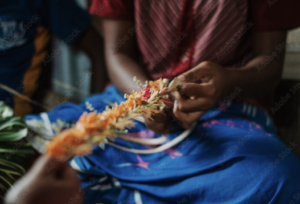
The first waves of human settlers arrived in Fiji at least 3500 years ago. Austronesian, Melanesian, and Polynesian influences all contributed to the culture of the Fijian islands, which is reflected in Fiji’s traditional dances, music and crafts.
Following the discovery of Fiji by Europeans in the 17th century and its later annexation to the British Crown, large numbers of Indian labourers immigrated to Fiji to work on plantations. Today, around 40% of Fiji’s population is of Indian descent.
In the 1800s, missionaries converted many indigenous Fijians, leading to the construction of numerous churches in the now Christian-majority nation.
The country has three official languages: English, Fijian, and Fiji Hindi.
3. Historical Significance as a British Colony
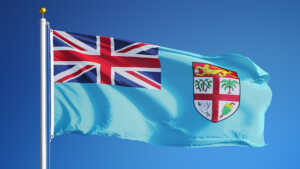
Fiji was a British colony from 1874 until it gained independence in 1970. The colonial period has left a lasting impact on the country’s legal and educational systems, as well as its infrastructure.
4. Income Inequality
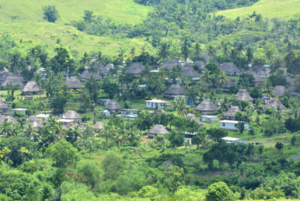
In 2019, 29.9% of Fiji’s population lived below the national poverty line, which equates to more than 250,000 people.
Communities in rural areas and remote islands are more likely to experience poverty than people living in cities. Rural and isolated communities may lack access to electricity, healthcare services, and WASH (Water, Sanitation and Hygiene) facilities.
Women earn significantly less than men, and only 37% of women are represented in the labour force compared to 71% of men. People with disabilities also earn less and are less active in the labour force than people without disabilities.
5. Challenges for People with Disabilities

In 2017, Fiji ratified the Convention of the Rights of Persons with Disabilities (CRPD). Despite this, people with disabilities continue to face significant barriers in Fiji, both physical and attitudinal, as well as greater difficulty in accessing healthcare, education and employment.
Physical environments are often a barrier to inclusion. Buildings and roads, for instance, are not always accessible to people with disabilities, and information can be challenging to access for people with vision or hearing difficulties.
Women with disabilities are also more likely to experience gender-based violence, but are socially conditioned to not report domestic violence or seek help to escape it.
6. The Largest Hindu Temple in the Southern Hemisphere
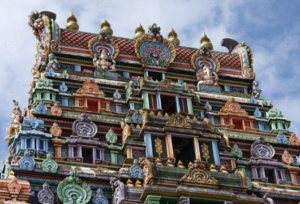
Fiji is home to the largest Hindu temple in the Southern Hemisphere, the Sri Siva Subramaniya Temple in Nadi. This temple is an important cultural and religious site for the Fijian population of Indian descent.
7. Mount Tomanivi – The Highest Point
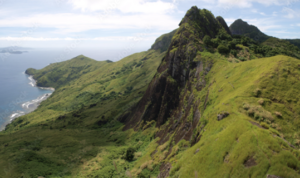
The highest point in Fiji is Mount Tomanivi (formerly known as Mount Victoria), located on Viti Levu. At 1,324 metres (4,344 feet) above sea level, it offers breathtaking views and is a popular destination for hikers and nature enthusiasts.
8. A Rugby Union Powerhouse
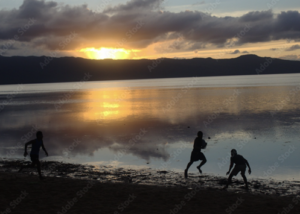
Rugby union is the most popular sport in Fiji, with the national team being one of the strongest in the world. Fiji’s prowess in rugby sevens has brought the country international acclaim, including Olympic gold medals.
9. Stunning Coastal Areas and Lush Forests
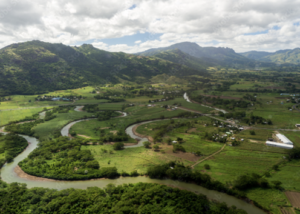
Fiji’s coastal areas are known for their pristine beaches and crystal-clear waters. The lush forests and sugarcane plantations on the main island of Viti Levu are also significant contributors to the country’s natural beauty and economy.
10. Economic Development and Tourism
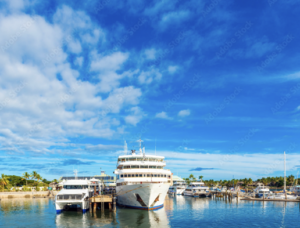
Fiji is one of the most developed economies in the Pacific Ocean region, largely due to its thriving tourism industry. Even so, almost one quarter of the population live below the national poverty line.
The best time to visit Fiji is during the dry season from May to October. The Fijian dollar is the official currency and Fiji Water is one of the country’s famous exports, known worldwide for its purity.
CBM’s Work in Fiji
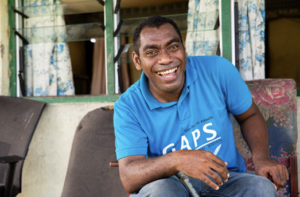
CBM helps make life more accessible for Fijians with disabilities by assisting with relief after natural disasters and other events, such as COVID-19. We also work alongside the government to make education more accessible for Fijian children with disabilities.
Learn how you can support CBM’s mission in Fiji, or read more about some of our work with Fijians with disabilities.
https://www.cbm.org.au/stories/10-fascinating-facts-about-fiji
Related Stories
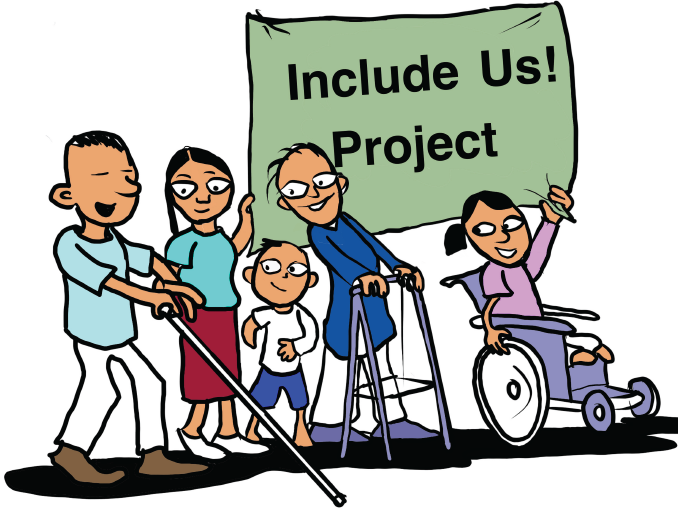
Easy Read your way through our evaluation report
At CBM Australia, we recognise that accessibility is not optional – it is a...
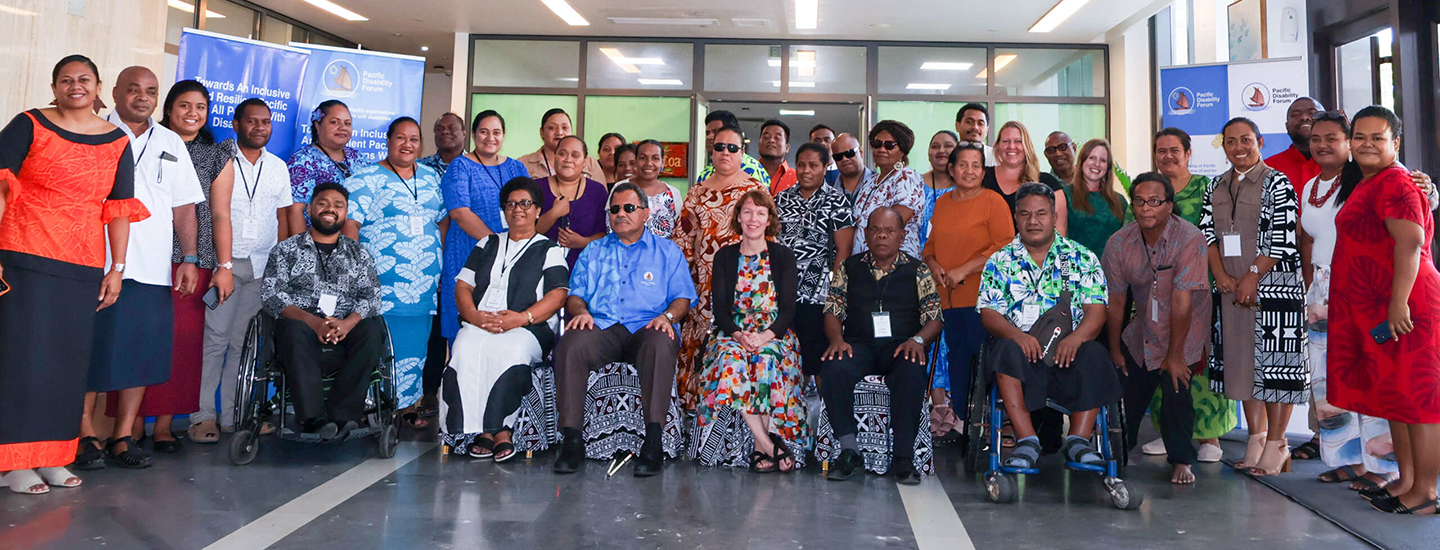
Growing Stronger Together: Supporting OPDs across the Pacific
CBM Australia is proud to partner with Pacific Disability Forum on the Growing Stronger...
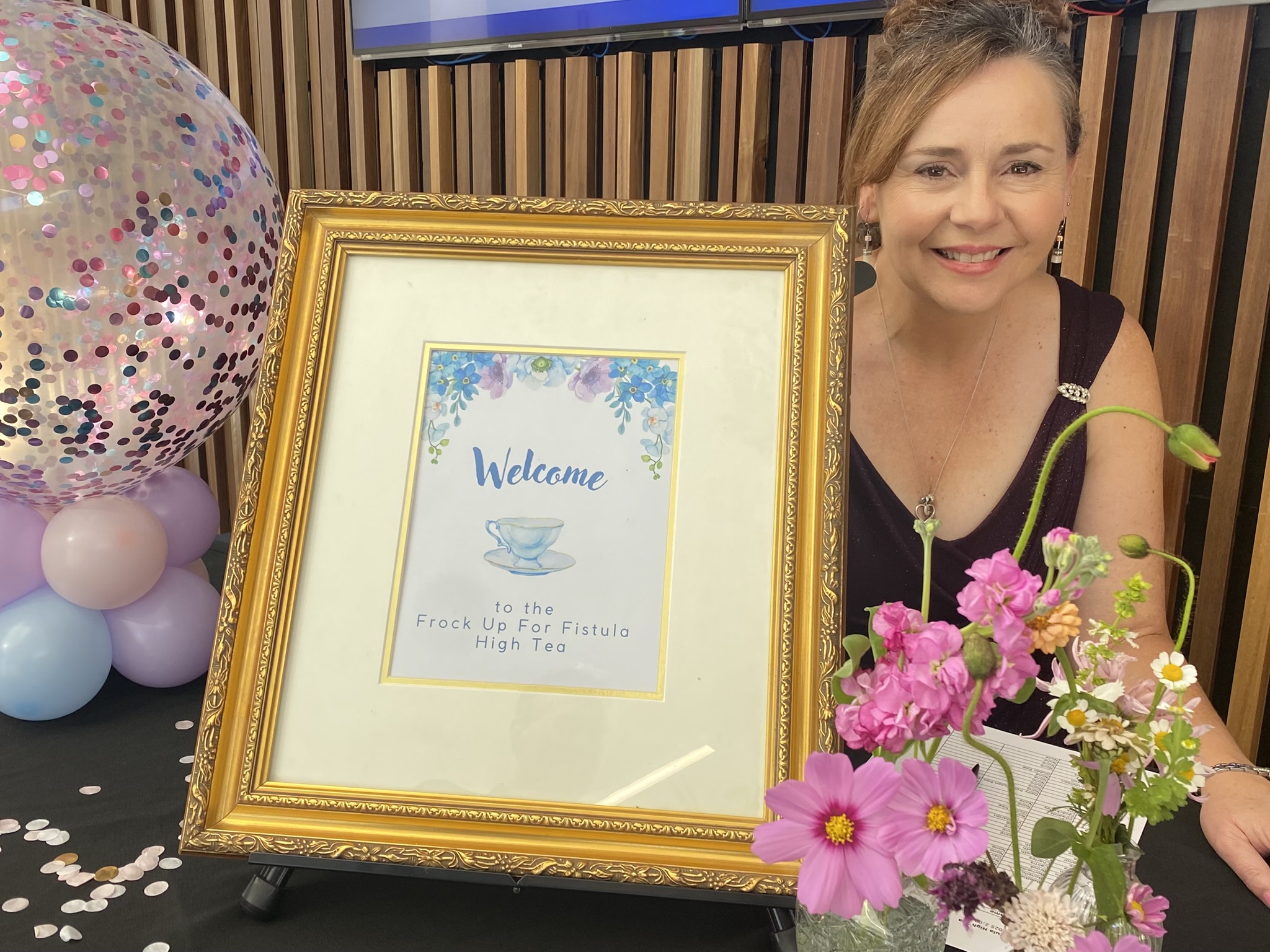
Frock Up For Fistula: a High Tea of hope and healing
Something very special happened this Mother’s Day weekend. CBM Ambassadors Lyn Wake and Glenys...
